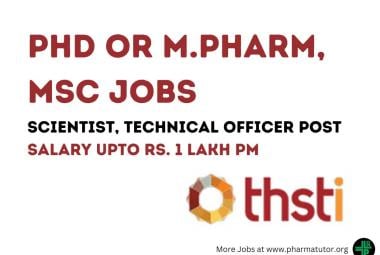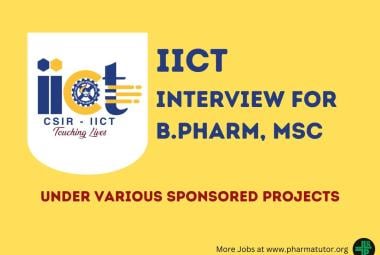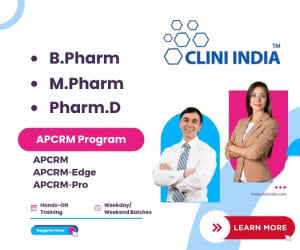About Authors:
Vishwanadham Yerragunta*, T.Kumara swamy, D.Suman, V.Anusha, Prathima Patil, T. Samhitha
Department of Pharmaceutical Chemistry,
Vishnu Institute of Pharmaceutical Education and Research,
Narsapur, Medak – 502313, A.P.
Vishwanadham.y@gmail.com
{ DOWNLOAD AS PDF }
Abstract:
Chalcones are precursor compounds for flavonoids biosynthesis in plants, and they can also be synthesized in laboratory. Chalcones possess a broad spectrum of biological activities including antioxidative, antibacterial, antihelmintic, amoebicidal, antiulcer, antiviral, insecticidal, antiprotozoal, anticancer, cytotoxic and immunosuppressive. Changes in their structure have offered a high degree of diversity that has proven useful for the development of new medicinal agents having improved potency and lesser toxicity and good pharmacological actions. Chalcones became an object of continued interest in both academia and industry. Nowadays, several chalcones are used for treatment of viral disorders, cardiovascular diseases, parasitic infections, pain, gastritis, and stomach cancer, as well as like food additives and cosmetic formulation ingredients. However, much of the pharmacological potential of chalcones is still not utilized. The purpose of this review is to describe the recent efforts of scientists in pharmacological screening of synthetic chalcones, studying importance of chalcones, and synthesis of pharmacologically active chalcones and their biological activities.



 About Authors:
About Authors: ABOUT AUTHORS:
ABOUT AUTHORS:  About Authors:
About Authors:  ABOUT AUTHOR:
ABOUT AUTHOR:  ABOUT AUTHOR:
ABOUT AUTHOR: 







.png)

